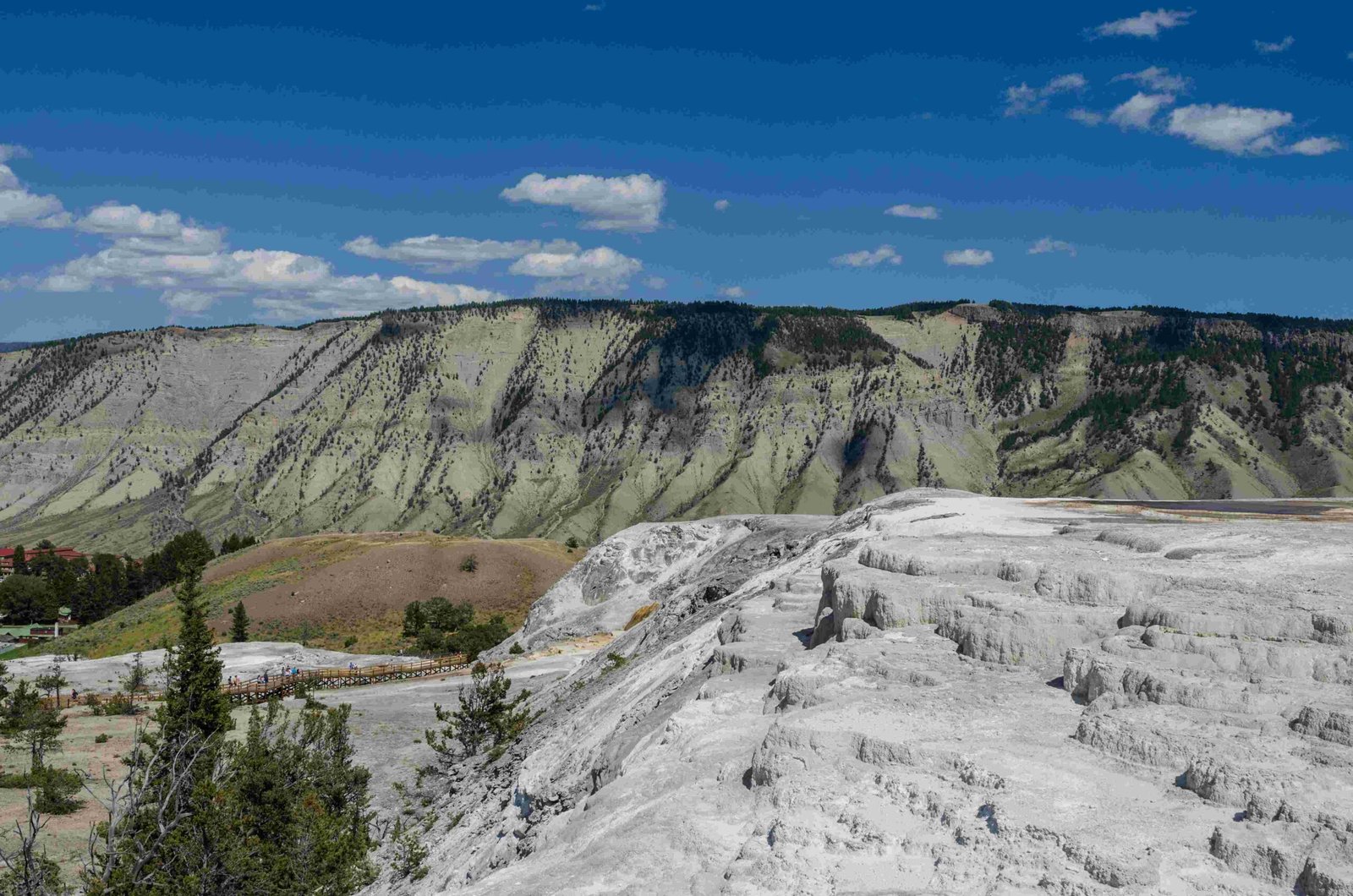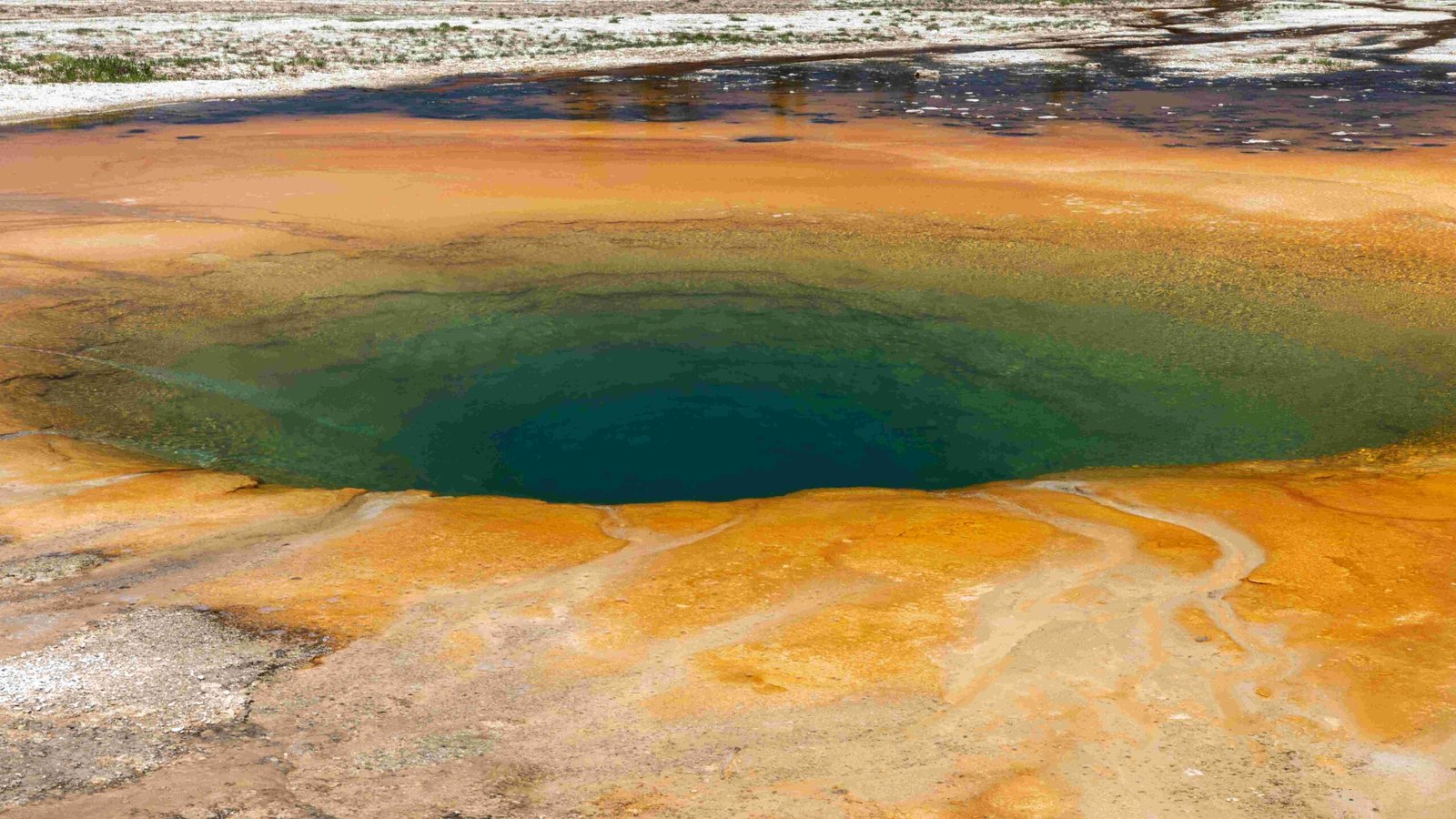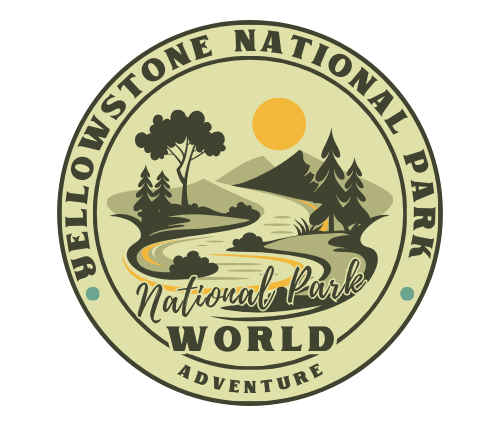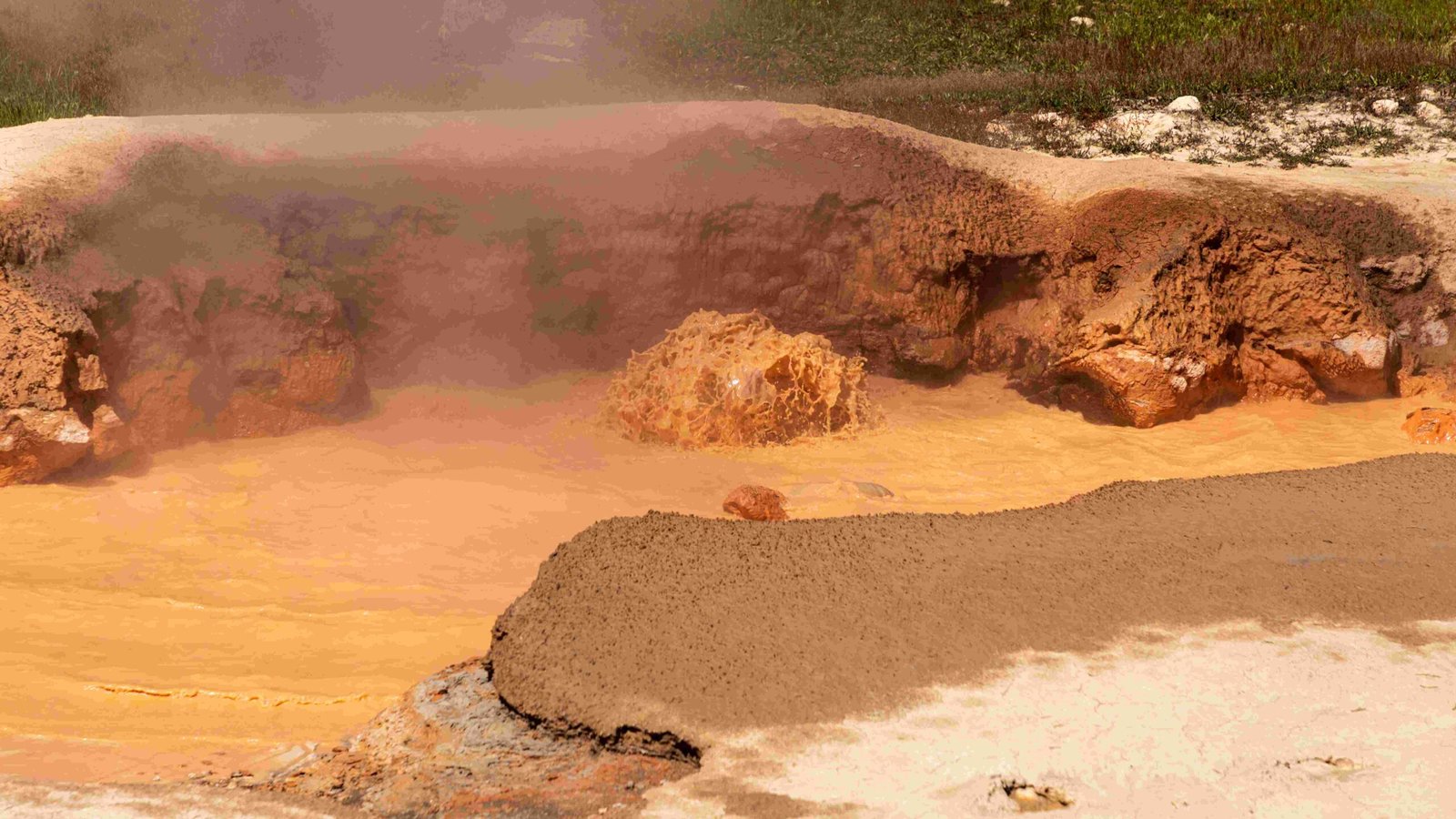White bark birch disease in Yellowstone National Park, more accurately known as white pine blister rust affecting whitebark pine trees, is a critical ecological issue. This fungal disease, caused by Cronartium ribicola, has devastated whitebark pine populations in the Greater Yellowstone Ecosystem. By 2015, 26% of mature whitebark pines had succumbed, with nearly half of the distribution showing severe mortality. The disease creates lethal cankers on trees, compounded by mountain pine beetle infestations, leading to significant ecosystem changes and conservation challenges.
What Are the Specific Symptoms and Data on Affected Tree Populations?

The white pine blister rust affecting whitebark pines in Yellowstone National Park presents several distinct symptoms:
- Deadly cankers or blisters on infected trees
- Visible signs of blister rust infection on the bark
- Mountain pine beetle activity indicators:
- Pitch tubes
- Frass
- J-shaped galleries under the bark
Population Impact Data
Recent surveys and monitoring efforts have revealed alarming statistics about the affected whitebark pine populations:
- By the end of 2015:
- 26% of whitebark pines taller than 1.4 meters had died in the Greater Yellowstone Ecosystem
-
Distribution mortality rates:
- 46% showed severe mortality
- 36% showed moderate mortality
- 13% showed low mortality
- 5% showed trace levels of mortality
-
In 2023:
- 78 newly dead tagged trees were observed
- 50% of these trees showed evidence of blister rust infection
This data underscores the severity of the disease’s impact on the whitebark pine population in Yellowstone National Park.
What Are the Current Treatment Options and Ongoing Research?

Treatment Strategies
The National Park Service and partnering organizations are implementing several treatment options to combat the white pine blister rust:
- Planting rust-resistant seeds and seedlings
- Identifying naturally rust-resistant trees
- Monitoring seedling survival rates
- Identifying climate refugia for future conservation efforts
These strategies are part of the broader National Whitebark Pine Restoration Strategy, which aims to preserve and restore whitebark pine populations across their native range.
Ongoing Research and Trials
Current research efforts focus on:
- Developing more effective rust-resistant strains of whitebark pine
- Studying the long-term effects of climate change on whitebark pine habitats
- Evaluating the success rates of planted rust-resistant seedlings
- Investigating potential biological control methods for the blister rust fungus
A significant boost to these efforts came from a $195 million investment from the Inflation Reduction Act, funding restoration work in nine national parks, including Yellowstone.
How Does the Disease Impact the Ecosystem?
The decline of whitebark pine due to blister rust has far-reaching consequences for the Yellowstone ecosystem:
Biodiversity Changes
- Reduction in food sources for wildlife, particularly:
- Grizzly bears
- Clark’s nutcrackers
- Various small mammals and birds
Soil Health Alterations
- Changes in snowmelt regulation
- Alterations to soil moisture levels
- Disruptions in nutrient cycles
Wildlife Interaction Shifts
- Grizzly bears: Forced to seek alternative food sources, potentially leading to increased human-wildlife conflicts
- Clark’s nutcrackers: Reduced seed caching activities, affecting forest regeneration
- Small mammals: Loss of habitat and food sources, impacting population dynamics
These ecosystem changes highlight the critical role of whitebark pine as a keystone species in the Yellowstone ecosystem.
What Conservation Efforts Are Underway?
Funding and Resources
The conservation efforts for whitebark pine in Yellowstone National Park are primarily supported by:
- $195 million investment from the Inflation Reduction Act
- Additional funding from various conservation organizations and government agencies
Community and Partner Involvement
The restoration strategy involves collaboration with:
- Local communities
- Native American tribes
- Conservation organizations
- Academic institutions
These partnerships focus on:
– Planting rust-resistant seedlings
– Monitoring forest health
– Conducting research on disease resistance and climate adaptation
Measurable Goals and Outcomes
The conservation efforts aim to achieve several key objectives:
- Increase the number of rust-resistant whitebark pines in the ecosystem
- Reduce overall mortality rates of whitebark pine populations
- Enhance genetic diversity within whitebark pine stands
- Improve ecosystem resilience to climate change and disease
Progress towards these goals is continually assessed through ongoing monitoring and research programs.
What Are the Long-term Implications for Yellowstone’s Ecosystem?
The persistence of white pine blister rust in Yellowstone’s whitebark pine populations could lead to:
- Altered forest composition:
- Shift towards more disease-resistant tree species
-
Potential loss of high-elevation forest habitats
-
Changes in wildlife behavior and populations:
- Grizzly bears may increasingly seek food in lower elevations
-
Clark’s nutcrackers may decline, affecting seed dispersal for various plant species
-
Hydrological impacts:
- Altered snowmelt patterns
-
Potential changes in watershed dynamics
-
Increased fire risk:
- Dead and dying trees may contribute to higher fuel loads
- Changes in forest structure could affect fire behavior
How Can Visitors Help in Conservation Efforts?
Visitors to Yellowstone National Park can contribute to whitebark pine conservation in several ways:
- Education:
- Learn about the importance of whitebark pine ecosystems
-
Share knowledge with others to raise awareness
-
Responsible behavior:
- Stay on designated trails to avoid damaging seedlings
-
Practice Leave No Trace principles
-
Volunteer opportunities:
- Participate in citizen science programs monitoring tree health
-
Join restoration planting events when available
-
Support conservation:
- Donate to organizations working on whitebark pine restoration
- Advocate for continued funding and research for forest health initiatives
By engaging in these activities, visitors can play a crucial role in supporting the long-term health of Yellowstone’s whitebark pine ecosystems.

